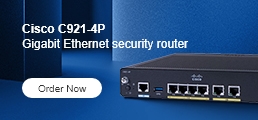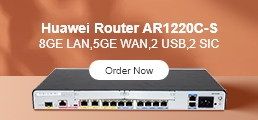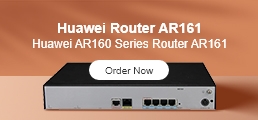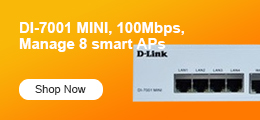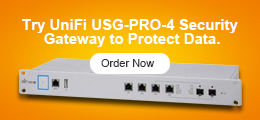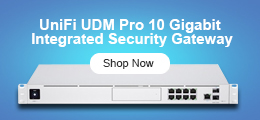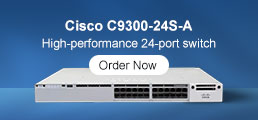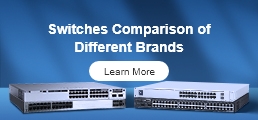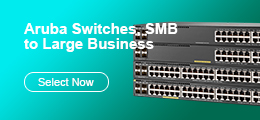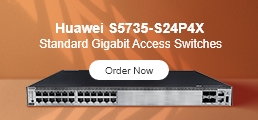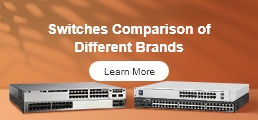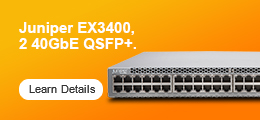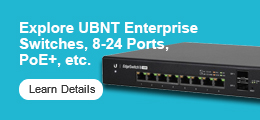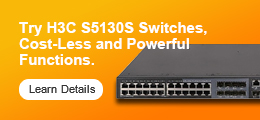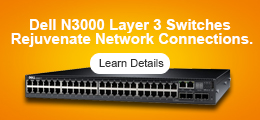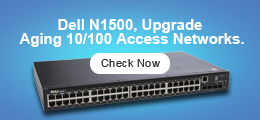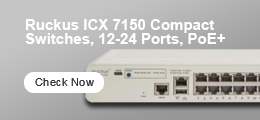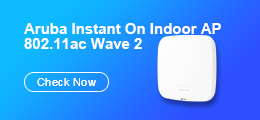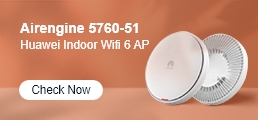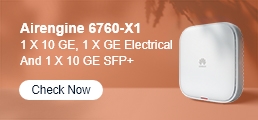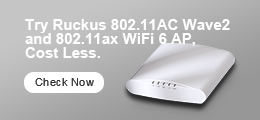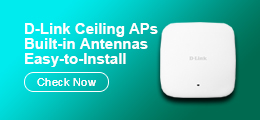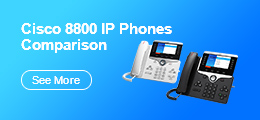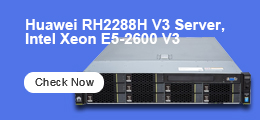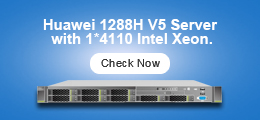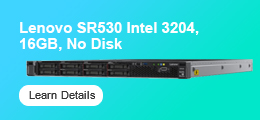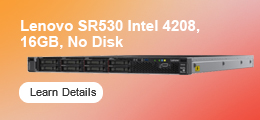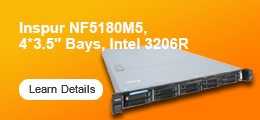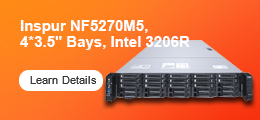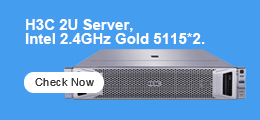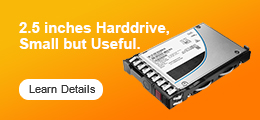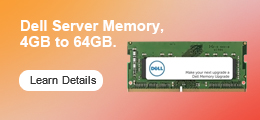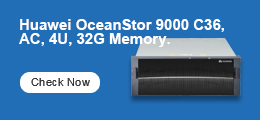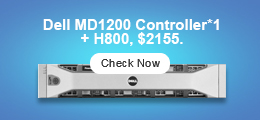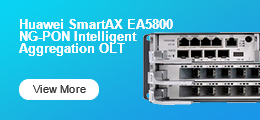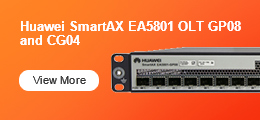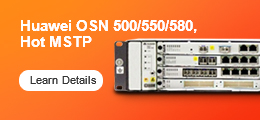Concept
A VoIP phone or IP phone uses voice over IP technologies for placing and transmitting telephone calls over an IP network, such as the Internet, instead of the traditional public switched telephone network (PSTN). VoIP means the Voice over Internet Protocol. In short, the Voice is digitalized and transmitted in real time on the IP network in the form of Data Packet.
VoIP can deliver voice, fax, video and data services, such as unified messaging services, virtual telephony, virtual voice / fax mailboxes, number lookup services, Internet call centers, Internet call management, telephone video conferencing, E-commerce, fax storage and forwarding and storage and forwarding of various information.
Advantages
The biggest advantage of VoIP phone is that it can widely adopt the environment of Internet and global IP interconnection to provide more and better services than traditional services. It is cheaper than traditional phone.
Disadvantages
However, there are some disadvantages of VoIP phone.
- The network can influence the quality of calls.
- The VoIP phone can’t work when there is a power failure.
- The voice of VoIP phone is worse than the traditional phone, when the Network is bad.
- There is a risk of being overheard and recorded.
- The VoIP phone number can be changed as their like. It’s easy to cause more crime.
Hardware
The overall hardware may look like a telephone or mobile phone. A VoIP phone has the following hardware components.
- Speakerphone and a microphone
- Keypad or touchpad to enter phone number and text (not used for ATAs).
- Display hardware to feedback user input and show caller-id/messages (not used for ATAs).
- General-purpose macro processor (GPP) to process application messages.
- A voice engine or a digital signal processor (DSP) to process RTP messages. Some IC manufacturers provide GPP and DSP in single chip.
- AD and DA converters: To convert voice to digital data and vice versa.
- Ethernet or wireless network hardware to send and receive messages on data network.
- Power source - a battery or DC/AC source; some VoIP phones receive electricity from Power over Ethernet.
- Some VoIP phones include an RJ-11 port to connect the phone to the PSTN.
Cisco and Huawei VoIP Phone
There are various brands of VoIP Phones in the market. Here we introduce the common two brands.
Cisco IP Phones change the communications experience, adding new collaboration modes to VoIP, such as HD voice, video, conferencing, and wireless.
The Cisco IP Phone family includes Cisco Unified SIP Phone 3900 Series, Cisco IP Phones 6900, 7800, 7900, 8900, 8800 and 9900 Series.
Huawei IP phones provide three series: eSpace 6805, eSpace 7900 Series IP Phones, and eSpace 8950 Video Phones. The eSpace 6805 delivers LCD screen, HD wideband voice and dual FE network ports (10 Mbit/s and 100 Mbit/s) for PoE and one RJ-9 headset port. The eSpace 7900 delivers full-band HD voice, two GE ports that support PoE and support local 6-party conference calls. The eSpace 8950 has 8-inch screen plus 1,280 x 800 pixels and 178° view.




